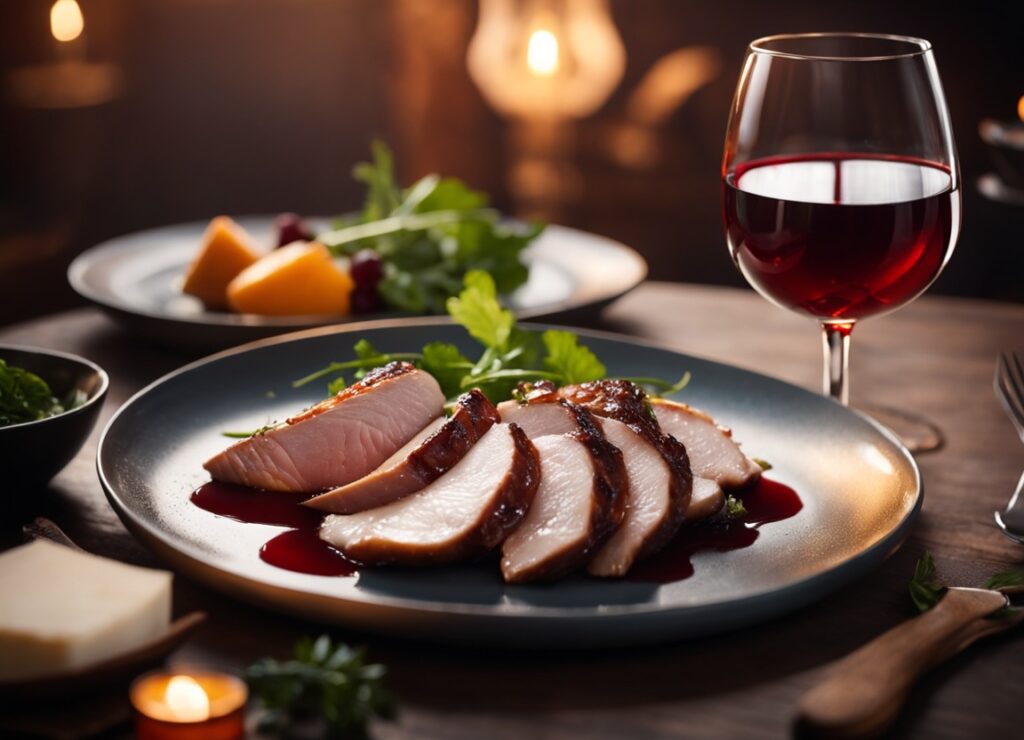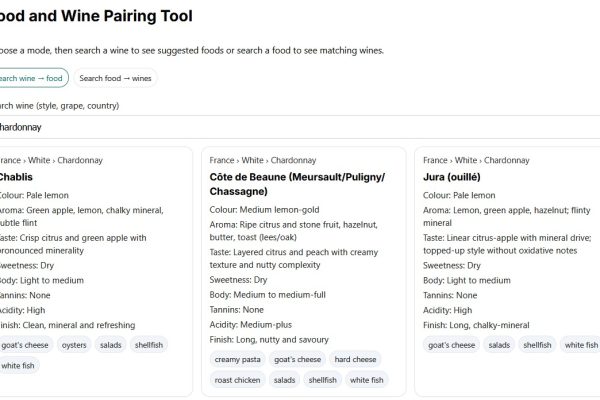
Duck is rich, flavourful, and can be prepared in various ways, each influencing the best wine pairing. The right wine can complement the duck’s richness and enhance its flavours. Here are some suggestions:
- Pinot Noir: A classic choice for duck, especially when served with a fruit-based sauce such as cherry or orange. Pinot Noir’s bright acidity and medium body cut through the fat, while its red fruit flavours complement the duck’s richness.
- Merlot: For duck dishes that are more robust, a Merlot can be a great match. Its soft tannins and ripe fruit flavours pair well with the tender, fatty meat, making it a versatile choice for duck prepared with a variety of spices and sauces.
- Syrah/Shiraz: If you prefer your duck smoked or with a spicy rub, a Syrah or Shiraz can stand up to the bold flavours. These wines offer dark fruit flavours, pepper, and spice notes that harmonize beautifully with the smokiness and spices in the duck.
- Barbera: An Italian option with high acidity and lower tannins, Barbera is excellent with fatty meats like duck. Its juicy acidity cuts through the richness, while its cherry and plum flavours complement the meat’s flavour.
- Chardonnay: For duck dishes that are more delicately flavoured, or served with a creamy sauce, a full-bodied Chardonnay can be a wonderful pairing. The wine’s buttery notes and full body mirror the dish’s richness, creating a harmonious balance.
- Riesling: A slightly off-dry Riesling works wonderfully with duck, especially if the dish incorporates sweet elements like fruit glazes. The wine’s sweetness and acidity can balance the duck’s fat and complement its sweet and savoury flavours.
The preparation and accompanying ingredients of the duck dish are crucial in selecting the perfect wine. Consider the dish’s primary flavours and the weight of both the wine and the meal to ensure they complement each other.













